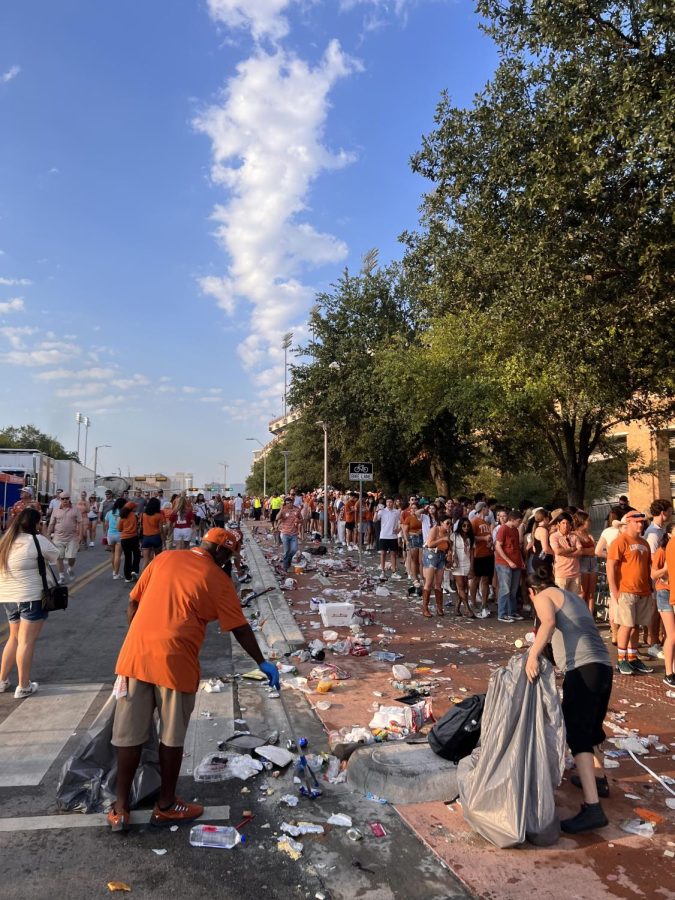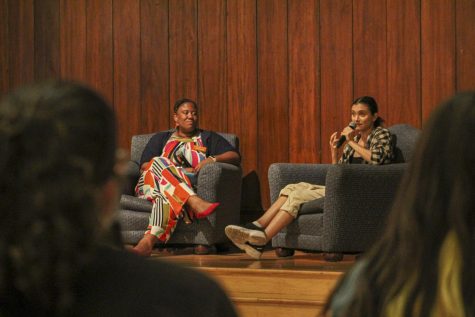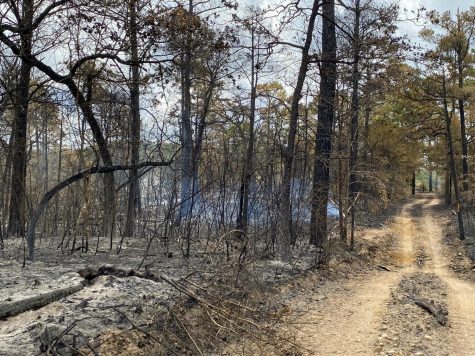Trash aftermath of Texas vs. Alabama game requires three-day clean up
September 19, 2022
The Texas versus Alabama game last Saturday broke turnout records with 105, 213 attendees, but also came with an unprecedented amount of trash — and a clean-up that took place over the course of three days, said UT’s Facilities Services department.
Michael Costa, the manager of Building Logistics and Keys under Facilities Services, was in charge of the solid waste and recycling and the trash valet services outside the stadium both before and after the game.
The trash from the game filled four 25-yard compactor trucks on the first day of clean-up, Costa said, and each truck holds over 12,000 pounds of trash. There were such large quantities of trash that Costa said its cleanup reached records never seen before.
“It was the first time we not only filled 33-yard roll off containers full of trash, but it was the first time we utilized every single one of our trucks in order to go to the landfill,” Costa said.
Jim Carse, Landscape Services manager, said the Facility Services team was prepared for the large crowds of people the game would bring.
“It was a heavier volume of people than most home games, and we knew that going into it,” Carse said. “But (the amount of trash) was much more than usual. We would put this up against a few years ago when we hosted LSU.”
To accommodate for the large number of attendees, Facilities Services ensured that there were enough trash cans for the large crowd, Carse said.
“There were plenty of receptacles put out,” Carse said. “Not only are there plenty of receptacles put out on a normal day, at a large event like this, there are probably five times the receptacles put out and they are all labeled very well.”
Despite the options for trash disposal, the garbage around the stadium was so severe that some UT students were surprised at how attendees disposed of their trash.
Emily Zamora, a radio-television-film freshman and a member of the Longhorn Band said it was shocking to see the piles of trash and leftover food after the game.
“I think (it’s) very much of a nightmare for the people that do have to pick that up, unfortunately,” Zamora said. “It was crazy to see that there were people throwing water bottles, paper, whatever in the air and just flinging it out.”
For other students like nursing sophomore, Kate Crawford, imagining the environmental aftermath of the overload of trash was equally jarring.
“There’s squirrels and raccoons all over campus, and they will come out and rummage through the trash,” Crawford said. “Nobody’s thinking about the impact it will have on the wildlife.”
While reflecting on the trash produced by attendees, Carse asserts that it is up to each individual to decide what contribution they would like to make and what actions they are willing to take to conserve the environment.
“I think it comes down to how much it means to you,” Carse said. “If it’s meaningful to you to make sure that things go into their proper place and that things don’t go to the landfill that don’t have to, then I think you make an effort.”










